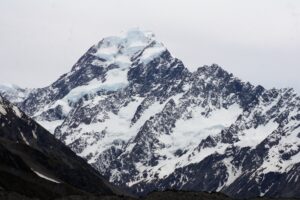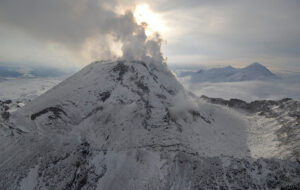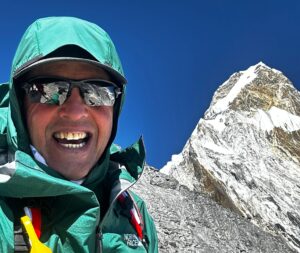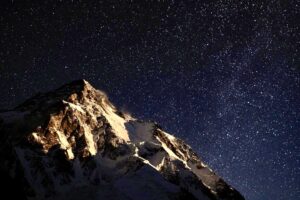Damavand lies in the Alborz range, near the southern coast of the Caspian Sea. A dormant volcano, Damavand rises 5,609m into the skies of Iran. It’s the highest peak in the country and holds ancient cultural significance for the region. It also lays claim to the title of Asia’s tallest volcano — but it’s not without challengers.
In 2008, a volcano news and travel website run by “volcano adventurer” John Seach ignited a debate by listing Kunlun in Tibet, not Damavand, as the highest volcano in Asia. His claim inspired defenders and detractors, hinging on the definition of a volcano.

Rostam, a hero of Persian mythology, completed seven labors on Mt. Damavand. Photo: MET
The man behind Damavand versus Kunlun
In the early 2000s, Seach continuously updated his website, volcanolive.com, with news on recent volcanic activity, research, and travel. In his “About” page from the time, Seach described himself as a volcano educator, whose professional volcanology services had been used by the BBC, National Geographic, Discovery Channel, and more.
Sporadic web archive snapshots give us a rough timeline. In early 2008, he listed Damavand only as the second-highest volcano in the Northern Hemisphere. The first was, presumably, Mount Elbrus in Russia. As for Kunlun, he did list it as a volcano, but made no height claims. However, sometime between October of 2008 and February of 2009, Seach updated his website.
Now, the page for Kunlun firmly stated that it was “the highest volcano in the northern hemisphere, and the highest volcano in Asia. Kunlun volcano is 130m higher than Mt. Damavand in Iran.” The page for Damavand repeated this claim.
Soon, several other mountaineering sites listed Kunlun as the tallest Asian volcano. But there were many more firing back.
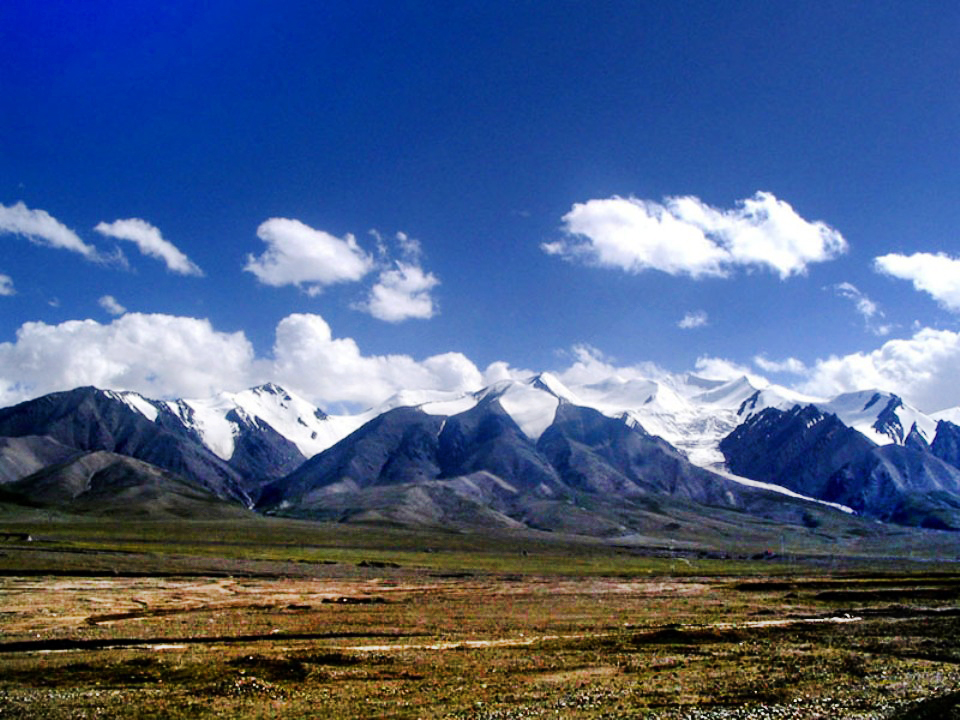
The Kunlun range in Tibet. Photo: Wikimedia Commons
What is a volcano?
On the surface, it seems pretty straightforward. The tallest volcano is the one that reaches the highest elevation. Kunlun is higher, ipso facto, it takes the crown. But the question isn’t if it’s taller; it’s whether it’s a volcano.
See, Kunlun volcano is more commonly called the Kunlun Fault Volcano Group, or Ashikule Volcanic Field. It’s a cluster of 70-odd pyroclastic cones in the western end of the Kunlun range. The highest of these cones may be as high as 5,808m (exact measurements are difficult due to the remote, understudied location), bringing them above Damavand. Its peak comes in at somewhere between 5,609m and 5,671m, depending on your measuring data.
But Kunlun is not a single volcano, and none of the cones has a significant prominence. The volcanic field has an average altitude of around 5,000m, with the individual “peaks” rising only a few hundred meters above the surrounding elevation. The tallest peak, Ka-er-daxi or Vulkan, has only 120 meters of prominence. For these reasons, many argue, including the Mount Damavand guide company, that Kunlun isn’t a volcano.
Damavand is one of the Volcanic Seven Summits, a complication of the highest volcano on each continent. Like other adventure lists, this one draws a significant number of climbers and hikers. Damavand isn’t the only controversial member. Mount Elbrus is listed as Europe’s tallest mountain, but depending on where you define the geographical border between Europe and Asia, it arguably isn’t even in Europe. Australia’s tallest volcano isn’t in Australia at all, but rather in New Guinea, so that seventh continent is now often referred to as Australasia or Oceania instead of Australia.
Seach’s site is still up, and still lists Kunlun as the tallest volcano in Asia, but the debate seems to have cooled. Everywhere else I looked listed Damavand, and the alpinists who’ve completed the Seven Volcanic Summits in the last few years all climbed Damavand for their Asian volcano.


